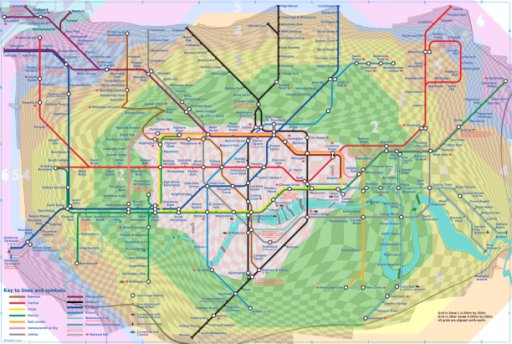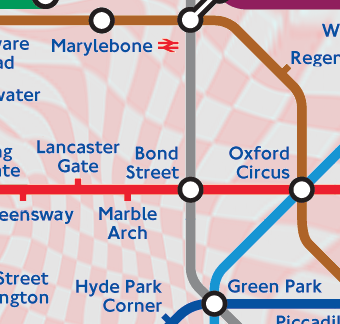Ever so slowly, New York State Gov. Andrew Cuomo is working his way through the pile of legislation the state Assembly and Senate left on his desk when their session expired in June. Yesterday, we learned that the Governor signed an MTA smoking ban into law. No longer are commuters permitted to smoke on LIRR or Metro-North platforms.
Now, it’s all well and good that Cuomo decided to approve the smoking ban. It should make the train environment far more pleasant for those folks who do not like the smell, experience or health impact of secondhand smoke. But that bill is a minor one in the grand scheme of the MTA. It won’t, for instance, protect the MTA for future raids on its supposedly dedicated revenue streams. That’s what the lockbox bill — which currently sits on Cuomo’s desk, sadly unsigned by the Governor — would do.
So far, Cuomo has given no indication of what he will do with the lockbox bill, and it’s tough to discern his plans. For years, Governors have covered their fiscal deficits by borrowing liberally from the MTA’s revenue streams, and Cuomo would be handcuffing himself were he to sign the bill. Still, dedicated dollars are dedicated dollars, and the MTA needs to know that the money is secure. With razor thin margins propping up a shaky budget, the authority can’t afford to find itself down $200 million between July and November because the Governor or the Assembly has decided to reappropriate the money.
With silence from Albany, transit advocates and union leaders are working to get Cuomo’s attention. Daily News columnist Pete Donohue, an important voice for transit in that paper, spoke out in favor of the bill earlier this week. “Essentially,” he writes, “lawmakers would have to own up to what they’re doing in a more public way and specify some of the pain that will result. They couldn’t hide behind the MTA, which by design provides political cover when news is grim.”
Donohue writes of a letter signed by various unions and advocates that urges Cuomo to pass the bill, and I have a copy of that letter. It discusses the importance of the legislation and urges Cuomo to sign it. It reads in part:
The strong principle of the legislation – that MTA dedicated funds should be spent as intended – has attracted a wide range of supporters. These include business leaders, labor and trade unions, transit and environmental advocates, environmental justice and community groups.
The “lockbox” bill was a reaction to the diversion of $260 million in transit funds over the last three years. These diversions contributed to the worst metropolitan-area transit service cuts in memory. They included the elimination of 36 bus routes and 570 bus stops; killing all or parts of three subway lines; and burdening millions of city and suburban riders with lengthier waits, more crowding, extra transfers and longer trips. Commuter rail riders have had their trains eliminated and stops added to remaining trains. Para-transit service for individuals with disabilities has been made even less convenient or, in some communities, eliminated completely.
Our groups understand that New York State faces extremely serious financial woes. But raiding dedicated transit funds is poor policy. The dedicated taxes and fees that flow into the dedicated fund were explicitly created, and politically justified, to provide the MTA with a “stable and reliable dedicated funding source.” Additionally, the $260 million diverted from the dedicated funds aggravated declining dedicated tax revenue caused by the economic downturn.
Our groups support your goal of restoring fiscal responsibility to New York State. This bill is consistent with your goal of ending New York’s fiscal shell game. It is basic good governance to keep the promise to taxpayers and transit riders that dedicated transit funds will be spent on transit.
One quarter of the state’s workforce relies on mass transit to get to work. They, their employers, and the economy rely on these dedicated taxes to help pay for subway, bus and commuter operations and transit capital projects.
Cuomo has so far been willing to take political risks and do things because they seem to be the right move to do. He ushered a gay marriage bill through Albany and recently signed a complete streets piece of legislation. The MTA lockbox should be next. Protect the money. Protect transit. New York City’s and New York State’s futures will depend on it.



